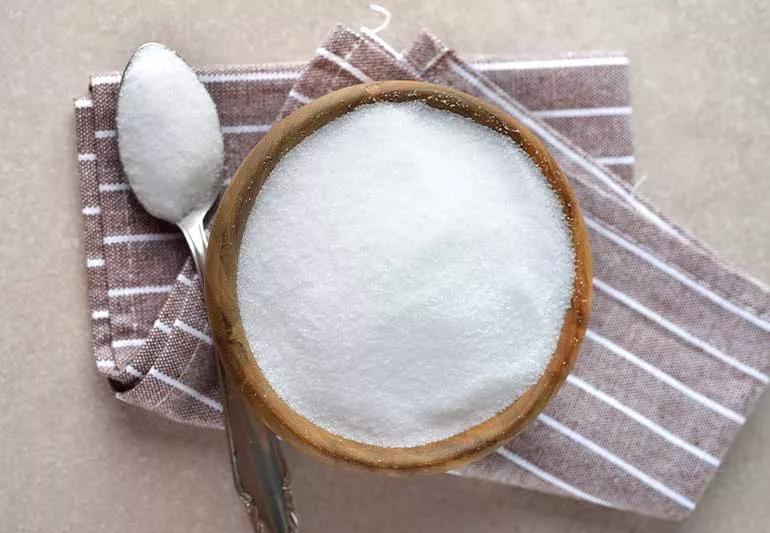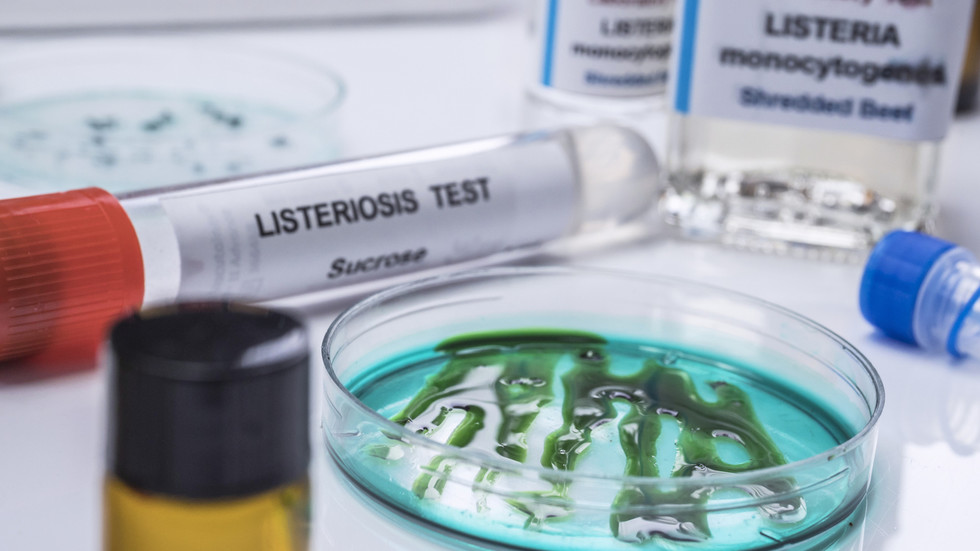NANOPARTICLES IN COCA-COLA AND PEPSI-COLA
This post is a long read so please save this post and come back to it later if need be.
I will post this particular post in multiple threads because it's very important.
The Zionists are using nanoparticles (NPs) and nanotechnology, as part of their National Nanotechnology Initiative (NNI), which is part of their Agenda 2030.
This includes "spiking", or otherwise contaminating the food and drink supply, and other supplies like liquid and pill medicines, lotions/creams, oils, ointments, anesthesia fluid etc. with nanoparticles.

en.m.wikipedia.org
I very recently found a shocking 2017 study (that's behind a paywall, I used sci-hub to bypass the paywall and freely obtain the paper) that nanoparticles have been found in both Coca-Cola and Pepsi-Cola.
I used to be addicted to Coca-Cola and Pepsi and would drink it every day for almost my entire life. I had finally given up all soda pop this year, right after reading this study.
I have no idea how screwed I am from all of these nanoparticles that may have accumulated in me from all those years of drinking Coke and Pepsi, I don't know.
I have uploaded the study to a burner Google drive account so you are able to access this paper, download it and read it.
Title:
**Fluorescent nanoparticles present in Coca-Cola and Pepsi-Cola: physiochemical properties, cytotoxicity, biodistribution and digestion studies **
by Shen Li, Chengkun Jiang, Haitao Wang, Shuang Cong & Mingqian Tan
Google Drive link:

drive.google.com
To cite this article:
Shen Li, Chengkun Jiang, Haitao Wang, Shuang Cong & Mingqian Tan (2017): Fluorescent nanoparticles present in Coca-Cola and Pepsi-Cola: physiochemical properties, cytotoxicity, biodistribution and digestion studies, Nanotoxicology, DOI: 10.1080/17435390.2017.1418443
To link to this article:
ABSTRACT Downloaded by [University of New England] at 02:03 21 December 2017
Foodborne nanoparticles (NPs) have drawn great attention due to human health concerns. This study reports the detection of the presence of fluorescent NPs, about 5nm, in two of the most popular beverages, Coca-Cola (Coke) and Pepsi-Cola (Pepsi). The NPs contain H, C and O, three elements with a tunable emission and with a quantum yield of 3.3 and 4.3% for Coke and Pepsi, respectively. The presence of sp3-hybridized carbon atoms of alcohols and ethers bonds was confirmed by NMR analysis. The NPs can be taken up by living cells and accumulate within cell membrane and cytoplasm. Evaluation of the acute toxicity of the NPs revealed that the BALB/c mice appeared healthy after administration of a single dose of 2g kg 1 body weight. Analysis of glutamate pyruvate transaminase (GPT), glutamic oxaloacetic transaminase (GOT), urea and creatinine showed that there were statistically, but not biologically, significant differences in some of these biochemical parameters between the test and control groups. No obvious organ damage or apparent histopathological abnormality was observed in the tested mice. The biodistribution study in major organs indicated that the NPs were easily accumulated in the digestive tract, and they were able to cross the blood–brain barrier and dispersed in the brain. In vitro digestion of the NPs showed a significant fluorescence quenching of the NPs. This work represents the first report of foodborne fluorescent NPs present in Coke and Pepsi, and provides valuable insights into physicochemical properties of these NPs and their toxicity characteristics both in vitro and in vivo.
______________________________________________
In the Introduction it says:
For example, Sk et al. (2012) have reported that bread, biscuits, corn flakes and sugar caramel contain carbon-rich NPs. Also, our group have reported the presence of fluorescent NPs in Nescafe original instant coffee (Jiang et al. 2014), Tsingtao-beer (Wang et al. 2015), fermented beverages and sport beverages (Liao et al. 2015). Currently, the presence of NPs in food products is still poorly studied, and researchers are interested in ascertaining how the broad range of NPs present in food is.
However, in the Results and Discussion section, it says, (the mice were healthy and normal and no damage was shown in 24h)
Within 24h of evaluation, the BALB/c mice exposed to the tested concentration of NPs appeared healthy, and the body weight as well as major parenchymatous organs/tissue (liver, spleen, kidney, thymus, heart, brain, lung, ovarian/testis) were similar in appearance to those of the control animals administrated 0.9% NaCl and glucose CDs (Table 1). Neither death nor obvious clinical toxicity sign was observed at 24h post-NPs administration.
The structure and morphology of the cardiomyocytes in the mice were found to be normal and uniform, and there was no cytolysis, necrocytosis, or cell degeneration in the heart tissue sections. In addition, no steatosis, necrosis, or hydropic degeneration was observed in the hepatic sections, indicating the normal structure of the liver. The splenic capsule was complete without any rupture, and the red and white pulps were clear. The lung structure was normal and no bleeding, necrocytosis or inflamclear and easily distinguished in the kidney sections. The neurons and glial cells showed no damage as compared with the control. The thymocytes were clear and no thymus involution was observed. In the sections of the stomach, small intestine and colorectum, there were no ulceration, inflammation and bleeding phenomena. The structure and morphology of the follicle were normal, and there were no blocked lymph nodes. The testicular tubule was easily distinguished, and no abnormal structure was observed in the testis sections. These results were similar to the effects of the CDs derived from multiwalled carbon nanotubes (Tao et al. 2012), and indicated that the NPs extracted from Coke and mation was found. The glomerular structure was
clear and easily distinguished in the kidney sections. The neurons and glial cells showed no damage as compared with the control. The thymocytes were clear and no thymus involution was observed. In the sections of the stomach, small intestine and colorectum, there were no ulceration, inflammation and bleeding phenomena. The structure and morphology of the follicle were normal, and there were no blocked lymph nodes. The testicular tubule was easily distinguished, and no abnormal structure was observed in the testis sections.
In the conclusion it says,
The uptake of NPs from Coke and Pepsi by cells demonstrated that the NPs can penetrate into the living cells and accumulate in the membrane and cytoplasm, but not in the nucleus. The cytotoxicity analysis results revealed that no significant reduction in cell viability was caused by NP concentration lower than 20mg/mL. Acute toxicity evaluations after a single oral administration of NP suggested that the NPs from Coke and Pepsi do not cause obvious acute toxicity in mice even at the concentration of 2g/kg of body weight. The evaluation of the metabolism and biodistribution of the NPs revealed that the NPs were digested and absorbed in the small intestine and colorectum, and were cleared mainly through the liver, and not the kidneys. Significant accumulation of NPs in the brain and heart were also observed, suggesting that the NPs could cross the blood–brain barrier.
______________________________________________
This means that while no toxicity and/or damage was found within 24h of oral nanoparticle administration, this does not look at the long term effects post 24h, that we don't know. We don't know the long term effects these nanoparticles have on the brain, neurons, and glial cells, and intestinal cells and overall digestive tract.






:max_bytes(150000):strip_icc()/Health-GettyImages-1647552865-6f619430f51c4263894cb00fbced3953-v2-a79f038edeb5408395dfd5f4ad69cb68.jpg)

 expose-news.com
expose-news.com

 en.m.wikipedia.org
en.m.wikipedia.org
 drive.google.com
drive.google.com
